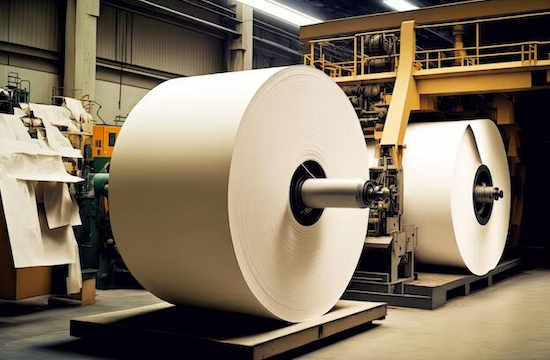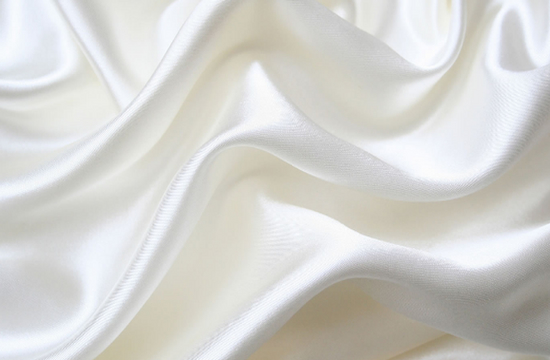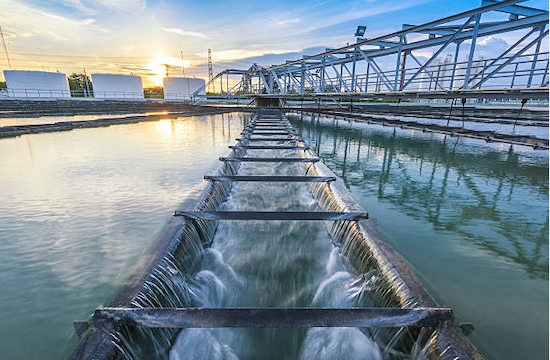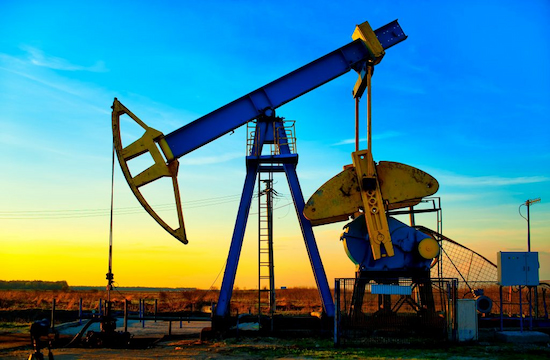Textile Industry
Textile industry includes textile dyeing, textile sizing, textile printing, textile auxiliaries, pre-treatment and after-finish. Textile dyeing: Dyeing is a key process to make fabrics or fiber yarns produce color, and it is also a key process to enhance the value of textiles. Textiles can be dyed in all aspects of their production, that is, stock solution, loose fiber, tow, wool top (cotton sliver) , yarn, rope, fabric, garment dyeing. Textile sizing: The sizing process refers to the treatment method of increasing the toughness and luster of the fabric by using special substances. It is an indispensable process in the textile processing process, and it is also an extremely complicated and critical process, which determines the weaving efficiency and product quality.When textile sizing, the appropriate sizing should be selected, while controlling the concentration, temperature, PH value and viscosity of the sizing to ensure uniform sizing of the yarn and not easy to break. Textile printing: The process of limited dyeing on a predetermined area of fabric, including the preparation, development and setting of a color paste, and the addition of a thickener to firm the defined color paste to a predetermined area of the fabric. Textile auxiliaries: Textile auxiliaries are necessary chemicals in the process of textile production and processing. They play an indispensable role in improving the product quality and added value of textiles. They can not only endow textiles with various special functions and styles, such as softness , anti-wrinkle, anti-shrinkage,waterproof,antibacterial, antistatic, flame retardant, etc., can also improve the dyeing and finishing process, save energy and reduce processing costs. Pre-treatment an after-finish: The purpose of pre-treatment is to apply chemical and physical mechanical action to remove impurities on textiles, making them white, soft, and have good permeability, so as to meet production requirements and provide dyeing, printing, and finishing Qualified semi-finished products. After-finish refers to the physical, chemical or physical and chemical methods to improve fabric feel and appearance (such as stiff finishing, soft finishing, calendering or napping, etc.),improve the quality of the fabric and give the fabric new functions (such as anti-wrinkle, waterproof, anti-fouling, anti-corrosion, anti-mildew, anti-moth and anti-bacteria, etc.). In the textile process, in order to meet the requirements of textile processing, many additives and dyes are often added, and these additives and dyes will produce a large amount of foam after mechanical vibration, temperature and other changes in the production process, affecting the quality of textiles. The function and advantage of defoamers In the textile industry, we often use silicone defoamers or non-silicon defoamers with high temperature and alkali resistance and stable chemical properties to effectively ...













